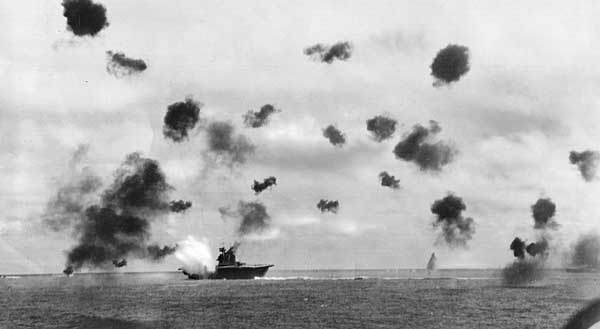Laughing Grass
Well-Known Member
On this day, I’ve come to the understanding that I can no longer smoke or vape View attachment 4548272
That sucks! Is it due to the copd? Can you still do edibles? I know it's not the same, but it will still get you high.











